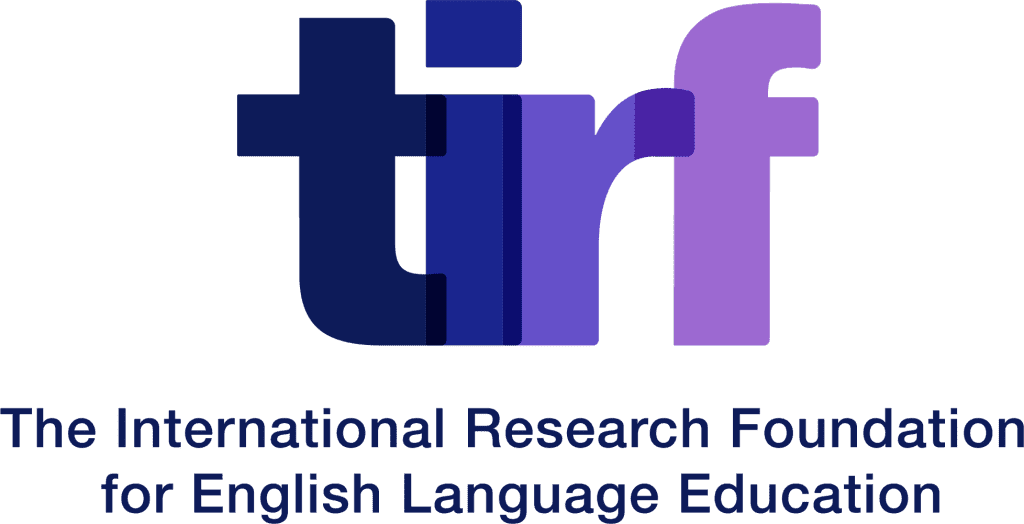
(Download this publication here: http://www.tirfonline.org/wp-content/uploads/2021/10/LEiR_CEFR.pdf)
A recent search for the term “CEFR” (the Common European Framework of Reference for Languages) on Google Scholar gave the following results: approximately 28,000 hits with no time frame; 12,700 hits since 2015; approximately 3,900 hits in 2018; and approximately 700 hits in the first three months of 2019. In other words, there is an abundance of work on the CEFR – an embarrassment of riches perhaps, that makes it very difficult for any single publication to summarize all the research that has been done, and that is being done, on the CEFR.
Examples of CEFR research published in 2019 include the paper by Afir, Hamid, and Renshaw on the use of the CEFR in Malaysia. In that paper, the authors start by stating that the CEFR “has emerged as a global policy in language education which has been ‘borrowed’ by nations across the world” (p. 1). That notion of ‘borrowing’ refers to the fact that the CEFR was originally designed by Europeans for Europeans, but now appears to have taken on a life of its own, being referred to in teaching, learning, and testing contexts far away from Europe, not only geographically far-removed in space and time, but also far-removed in terms of histories, languages, and cultures.
In a paper published in 2018, also on the implementation of the CEFR in Malaysia, Azia, Rashid, and Zainudin concluded that “the implementation of CEFR in Malaysia still needs to be improved. All the stakeholders need to be properly synchronised, aware of their responsibility and updated with the latest information” (2018, p. 415, emphasis added). Those two papers (and others) on the CEFR in Malaysia highlight one of the challenges of employing the Framework, i.e., the context – geographical, linguistic, cultural, educational, etc. Another challenge relates to being “updated with the latest information” on the CEFR, as so much CEFR-related research is being done, and so many papers on the Framework are being published.
Other papers reiterate this recurring theme of contextual challenges. For example, working with Spanish learners of English in Spain, Díez-Bedmar (2018) found that “despite the current importance of the CEFR in the learning, teaching, and assessment of languages, limitations arise in the use of the CEFR descriptors, which are also present in the European Language Portfolio (ELP)” (p. 199, emphasis added).
Another context for CEFR research has been Canada. For example, Arnott, Brogden, Faez, Péguret, Piccardo, et al. (2017) proposed a research agenda for the CEFR in Canada. In their paper, the authors conclude with a series of questions, including the following:
- “What policies currently exist or might need to be created in order to support CEFR use within and across the provinces at all three levels of education for a variety of languages?
- What professional development opportunities are currently being offered, and what further types of scaffolding are needed to support language teachers?
- How is the CEFR currently being used, and how might it be used to greater advantage in order to enhance language learning?
- How do students experience CEFR-informed instruction, and what types of impact does it have?” (Arnott, Brogden, Faez, Péguret, Piccardo et al., 2017, p. 47)
On the basis of the third question above – “How is the CEFR currently being used, and how might it be used to greater advantage in order to enhance language learning?” – TIRF commissioned Professor Enrica Piccardo, Professor of Applied Linguistics and Language Education at OISE (University of Toronto), to author the second paper in TIRF’s LEiR series.
TIRF remains grateful for partnering with Laureate Languages to commission The Common European Framework of Reference (CEFR) in Language Education: Past, Present, and Future, and thanks Prof. Piccardo’s diligence in authoring the paper. Please click here to access the paper.
– Andy Curtis, Chair of TIRF’s Publications Committee

